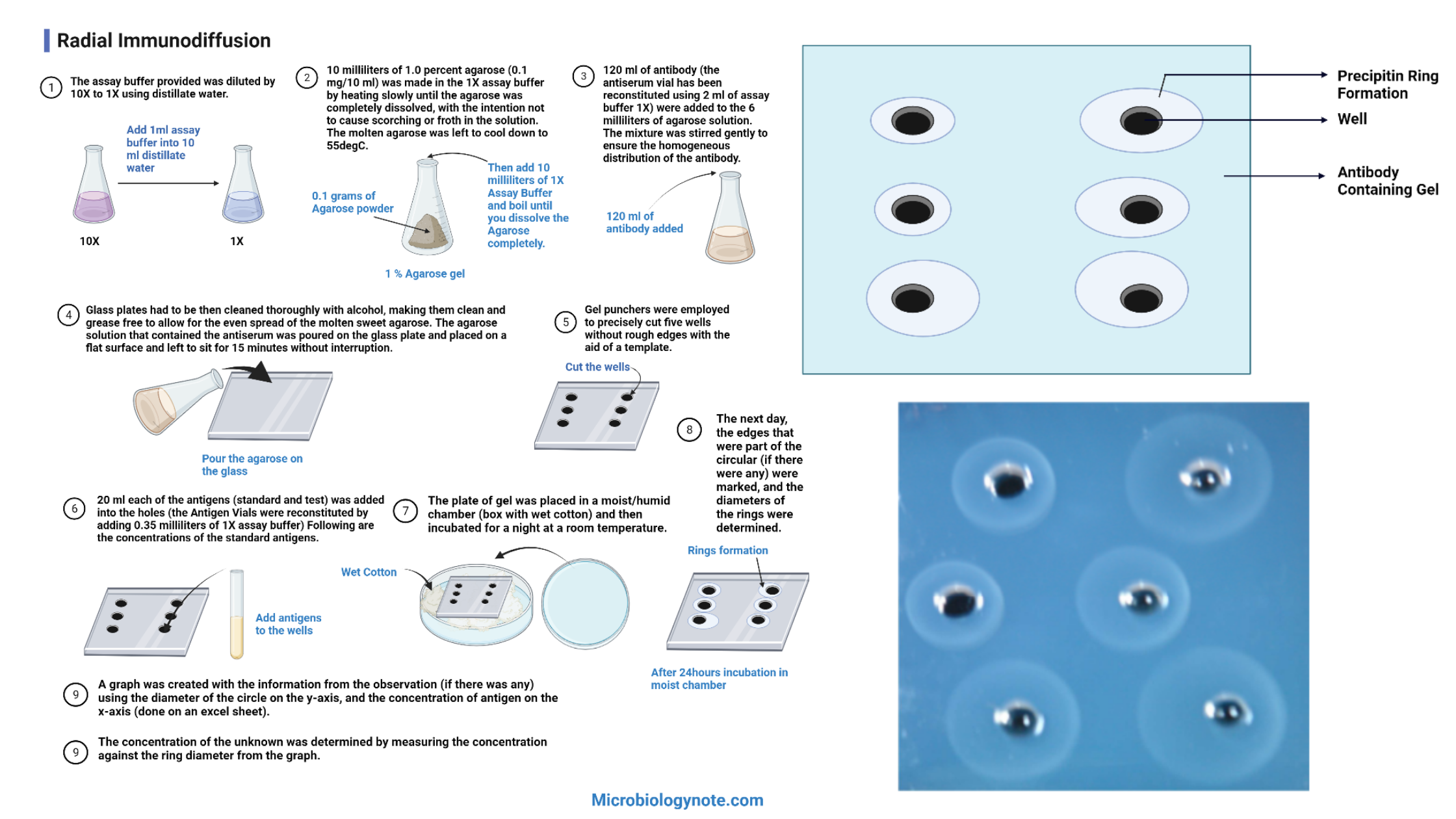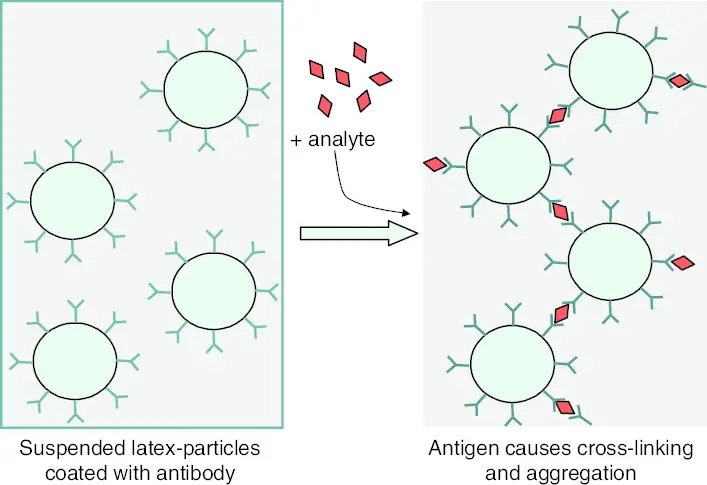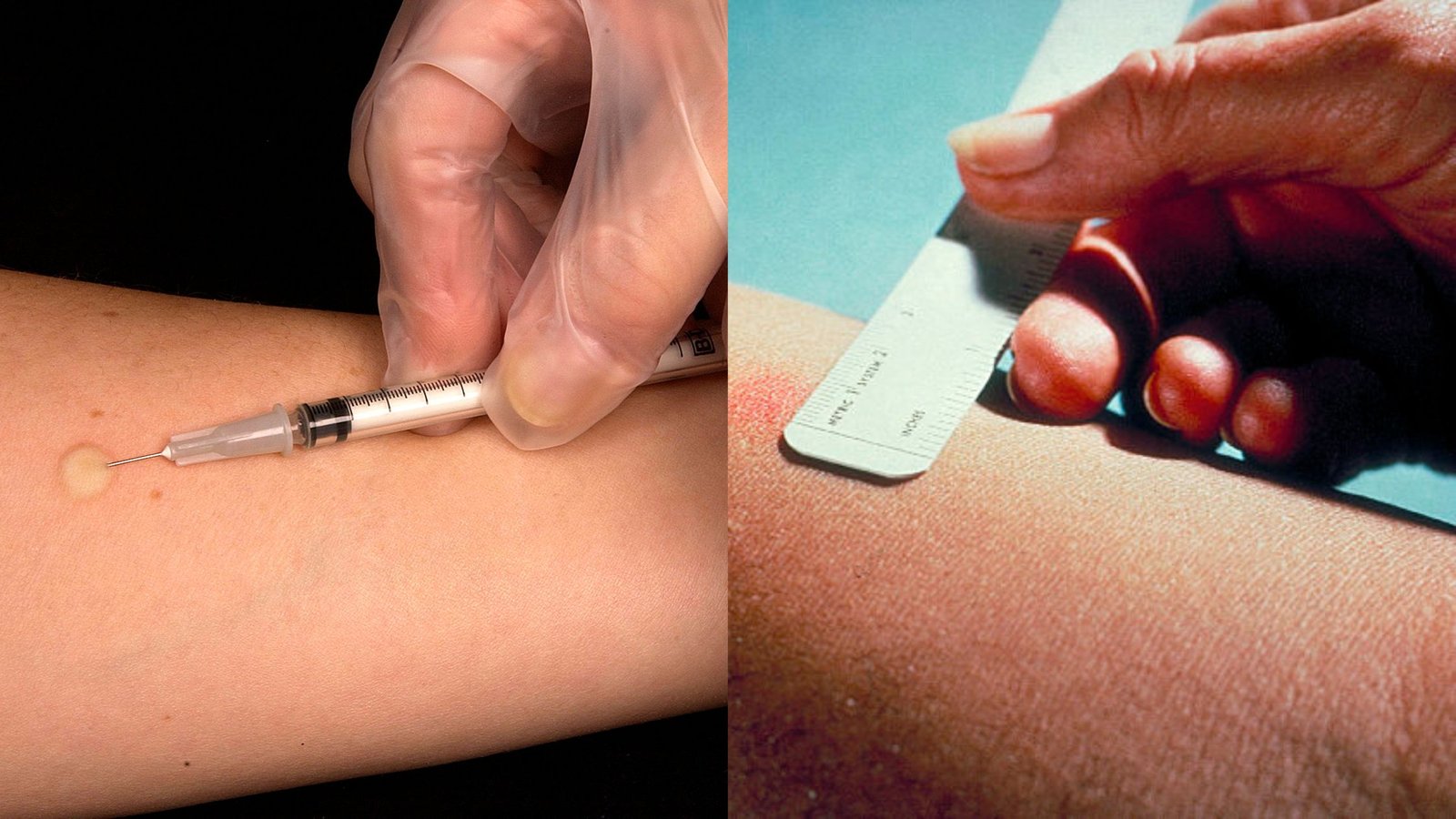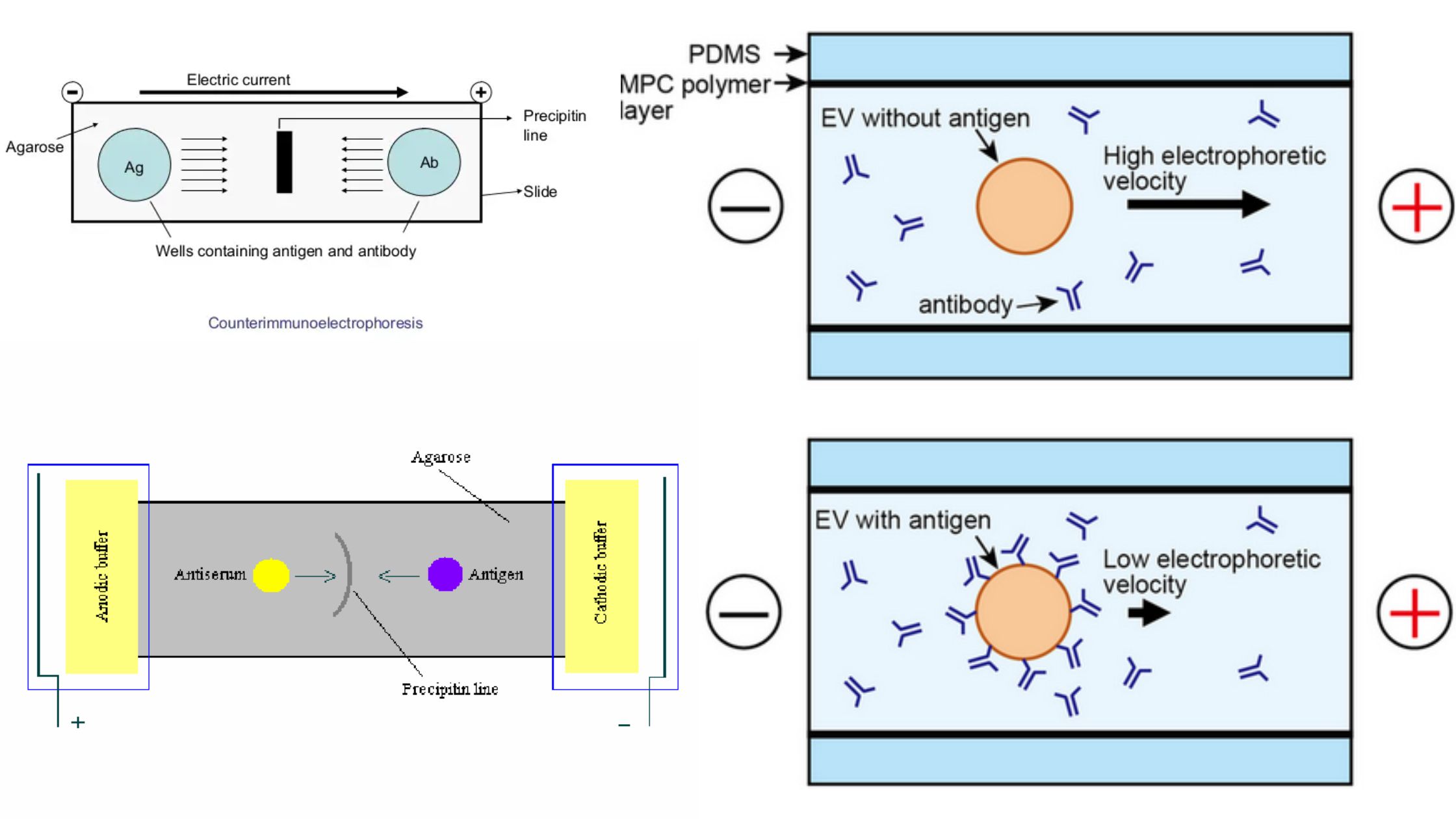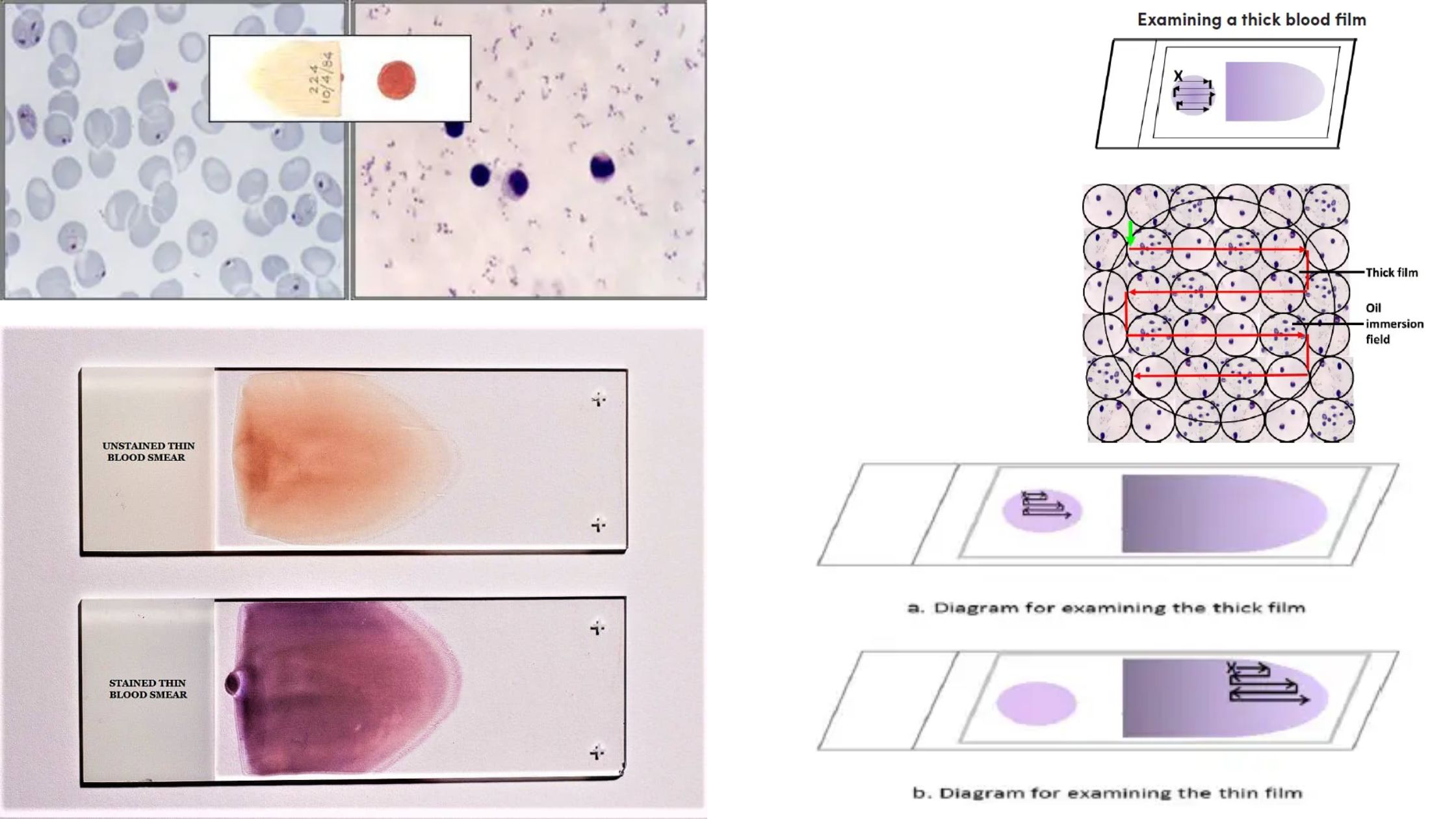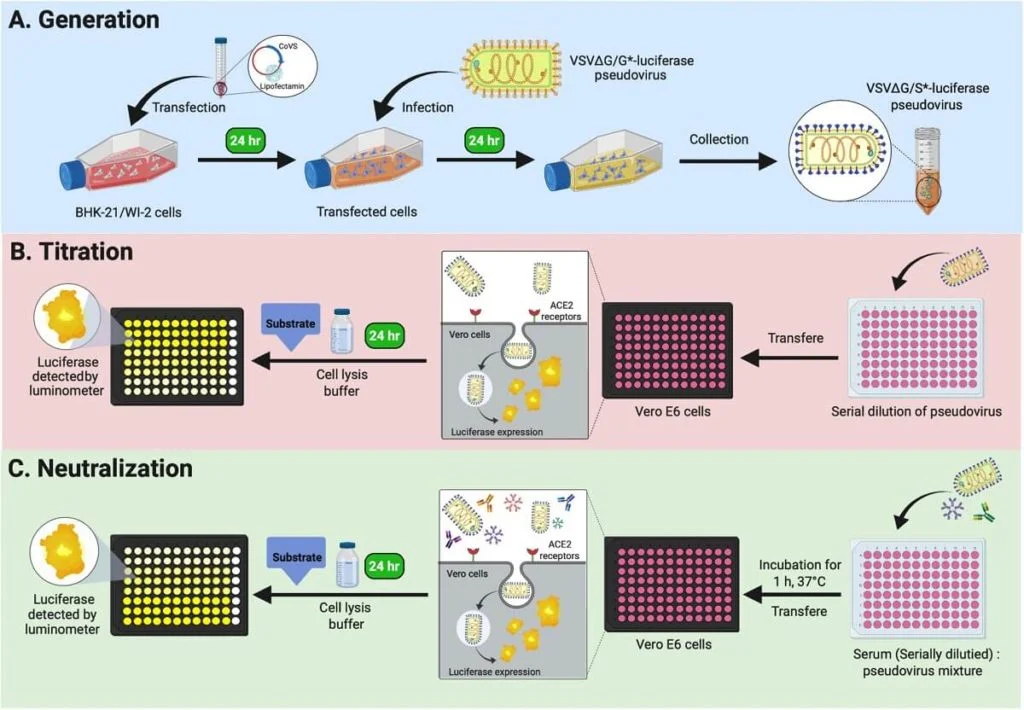Radial Immunodiffusion – Principle, Procedure, Result, Uses
Single Radial Immunodiffusion also referred to as Mancini technique is a quantitative immunodiffusion technique that is used to measure the antigen’s concentration by measuring the size of the precipitin-based ring created by the interaction between the antigen with the antibody at the optimal concentration. The antibody is embedded in the agarose gel, while the antigen is diffused into it in the form of a radiatal pattern.

